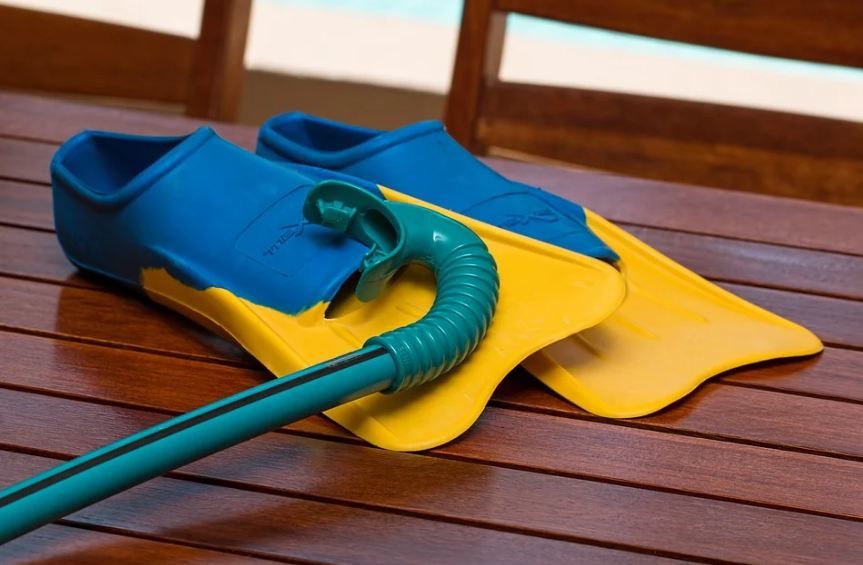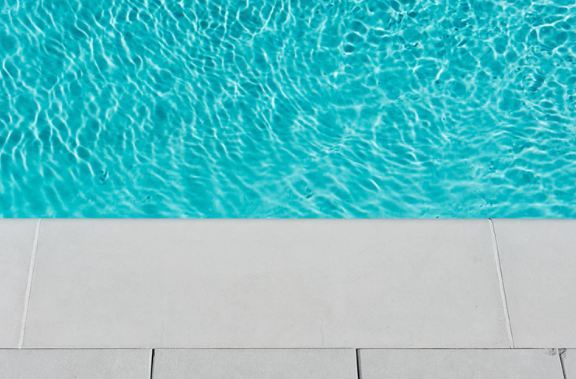Underwater hockey, otherwise known as Octopush in the United Kingdom, is a peculiar sport wherein competitors play hockey while underwater in a square-shaped swimming pool. In the aquatic sport, the players are not allowed to use scuba gear to allow them to breathe much longer underwater; instead, they would have to swim up the swimming pool in order to catch their breath before going underwater again.
Because of how hard it is to play for people who are not well-trained in swimming and proper breathing exercises, underwater hockey is considered an extreme sport by many. Nonetheless, the number of competitors in the sport is steadily increasing over the years because of how fun it is to play if properly trained. How did a simple hockey game branched out and evolved into an underwater sport? To know a little more about the origins of the obscure sport and how it is played, here is an introduction to underwater hockey.
How It is Played
In underwater hockey, each team will have ten players, and only six are supposed to be playing on the pool, while the other four are substitutes or bench players. The goal of the game is similar to ice hockey, as players would have to get the puck to the opposing team’s net located at the other side of the court or pool by hitting the puck with a hockey stick.
Moving the puck in any other way besides using the stick is considered illegal in the sport. If a player did move the puck without using the stick, the referee would call a penalty. If it is a minor penalty, the referee will penalize the team by moving them at least 3 meters away from the puck at the restart of the round. If it is a major penalty, which is often given when a single player commits to many fouls or hits an opposing player intentionally, the referee will be forced to throw the player out of the game.
Whoever scores the most points at a given time limit wins the match in underwater hockey. There are two halves in a single match, and each half is ten to fifteen minutes long in most tournaments. In the World Championship competitions, each half is 20 minutes long. After the end of the first half, the teams are given three minutes to rest or analyze their performance to adjust their game plan in the second half. During the second half, the teams would have to switch sides.
The best players in underwater hockey are those who are able to hold their breath longer and recover air faster. The time you take when recovering your breath matters since you will be giving your opponents a lot of time to control the puck if you are taking a while to catch your breath. The shorter your air recovery is, the more efficient you are in staying underwater to defend or to attack. In addition to recovery time, swimming speed is also another important skill to master, as it allows you to move swifter and do multiple maneuvers in a short amount of time. Speaking of maneuvers, all underwater hockey players must be able to be proficient in puck control, which is a lot harder to master in the sport compared to hockey and ice hockey.
History
Underwater hockey was invented in 1954 by a British diver named Alan Blake, who is also the founding member of the Southsea Sub-Aqua Club (otherwise known as the British Sub-Aqua Club No.9). The first match of underwater hockey was played by Blake and the other member of the diving group, namely Frank Lilleker, Jack Willis, and John Ventham. Since there were only four of them, the match was played in a two-versus-two configuration.
The diving group eventually refined the rules of the sport, deciding on having eight players for each team who will be hitting the puck towards the opposing team’s goal. The sport was then named “Octopush,” with “octo” coming from the eight players for each team and the “push” coming from the “pusher” or the stick utilized by players to hit the puck. The puck used for the sport was nicknamed “squid” and is made of uncoated lead. Even though the sport is known internationally as “underwater hockey” today, the United Kingdom still calls it “Octopush.”
In 1955, the Southsea Sub-Aqua Club taught the other British diving clubs how to play underwater hockey. Those diving clubs were Bournemouth and Brighton, who engaged in multiple matches along with Southsea in the same year. Since the Southsea club has trained more in the sport than the other clubs, they have won the tournament. Interestingly, the Southsea club is one of the winningest teams in underwater hockey, as they have won the World Championship in five more times after 1955, specifically in 2009, 2012, 2014, 2017, and 2018.
Underwater hockey then became known internationally when it was played in South Africa by a group of fishermen who are members of the Durban Undersea Club (DUC). The difference between the South African version and the UK version back then was that the former used a longer stick, while the latter used a shorter stick. Eventually, the organizers and regulators of the sport have agreed to only use the shorter stick for the sport.
The sport then spread to Canada in 1962 when a scuba diving instructor named Norm Leibeck taught how to play the game to his students in Vancouver. Leibeck also taught the sport to an Australian diving group in 1966, and the group eventually started popularizing the sport in Australia.
Soon after, several underwater hockey competitions began popping up in different countries around the world, including New Zealand, France, and the Netherlands. However, the most prestigious competition for the sport is the Underwater Hockey World Championship, which has been held since 1980.


